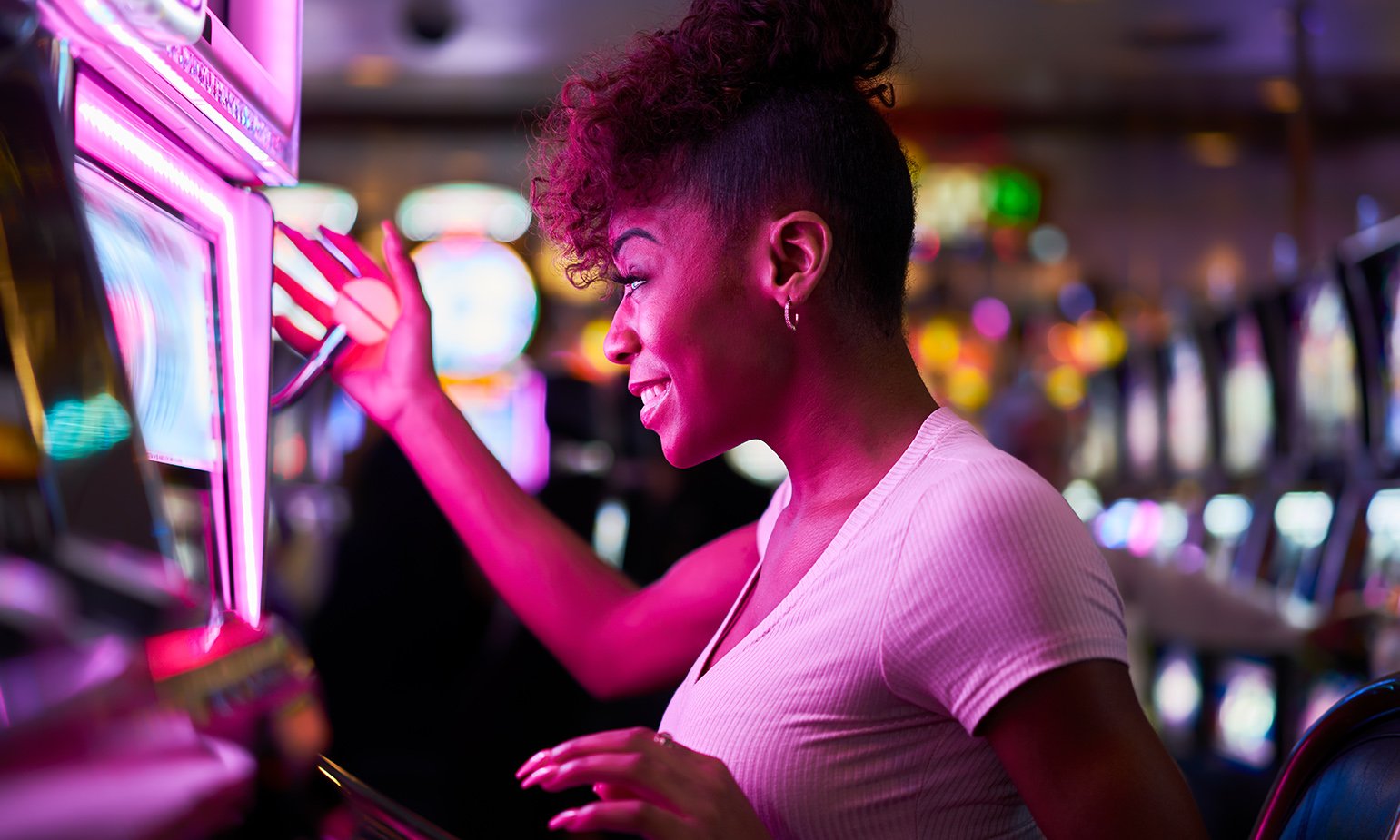The psychology behind slot game design and player behavior is a fascinating interplay of cognitive biases, emotional triggers, and strategic design choices. At its core, slot games are crafted to maximize player engagement and retention, employing a variety of techniques grounded in psychological principles. One of the most prominent psychological strategies used in slot design is the concept of variable rewards. Unlike traditional games that offer fixed outcomes, slot machines provide intermittent reinforcement, which has been shown to be more effective at maintaining player interest. This unpredictability triggers the brain’s reward system, releasing dopamine when players win, thereby reinforcing the behavior of playing. Players become entranced by the possibility of hitting a jackpot, even when the odds are heavily stacked against them. This phenomenon is often illustrated by the near-miss effect, where players feel a sense of excitement when they come close to winning, despite not actually winning. This near-miss sensation can motivate players to continue playing, as it creates a false sense of optimism about their chances of winning.

Another crucial aspect of slot game design is the visual and auditory stimuli used to enhance player experience. Bright colors, flashing lights, and captivating sound effects are intentionally designed to capture attention and evoke emotions. These sensory elements not only create an immersive environment but also trigger a physiological response that can heighten arousal and excitement. The combination of these elements can lead to what is often referred to as losses disguised as wins. This occurs when players win back less than they wagered, yet the celebratory sounds and visuals can make it feel like a victory, further encouraging play. Game developers also employ themes and narratives that resonate with players, tapping into familiar symbols and storylines that evoke positive emotions. This thematic resonance can enhance players’ emotional attachment to the game, making them more likely to return.
The social aspect of gaming is another critical factor influencing player behavior. Many modern slot gacor terpercaya machines incorporate multiplayer features or social elements, allowing players to share their experiences and successes with others. This creates a sense of community and belonging, making the gaming experience more enjoyable. Additionally, the use of leaderboards and competitive features can encourage players to engage in a form of social comparison, which can drive them to play more frequently to improve their standing. Finally, the concept of loss aversion plays a significant role in player behavior. Players are often more sensitive to losses than gains, leading to a reluctance to walk away from a machine after a losing streak. This can result in prolonged play sessions, as players chase their losses in an attempt to regain what they feel they have lost. Overall, the design of slot games is intricately tied to psychological principles that shape player behavior, making them compelling and engaging forms of entertainment.